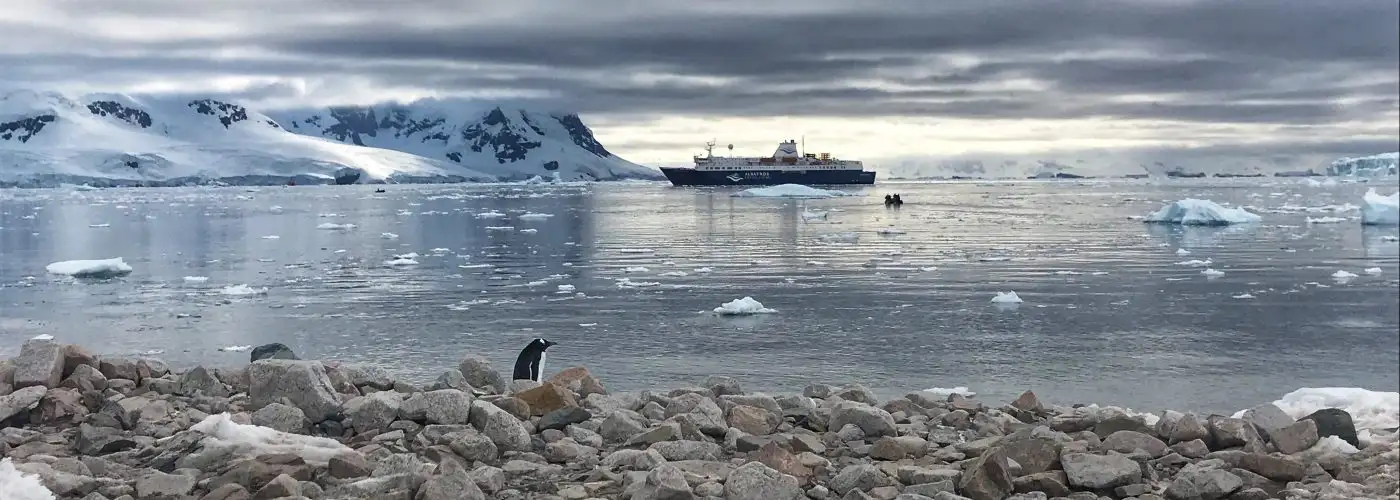Antarctica is one of the only places in the world where you can’t just book a flight and show up to explore on your own. You’ll need a minimum of 10 days and to sign up for a cruise in order to visit. So what is it really like to visit Antarctica? I joined Chimu Adventures’ Discover Antarctica Cruise to find out.
Day One: Departure
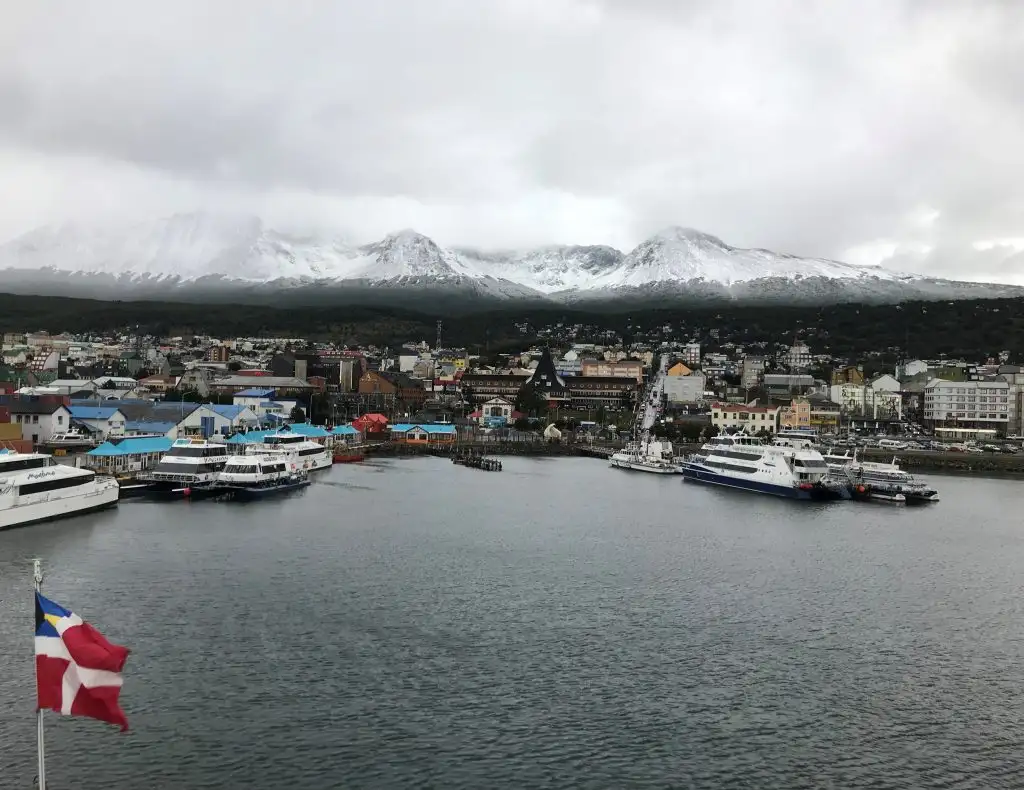
The vast majority of Antarctic cruises leave from Ushuaia, a port city at the very bottom of Argentina. I recommend that you give yourself a few days’ buffer before your ship departs, in case of flight delays, cancellations, or lost luggage. You don’t want to miss the boat, and Ushuaia (particularly the nearby Tierra del Fuego National Park) offers plenty to do while you wait to board. Arriving early will also give you a chance to recover from jet lag and travel before you set off on your cruise.
My boat, the Ocean Atlantic, boarded between 2:00 p.m. and 4:00 p.m. on departure day. Our captain opted to wait out a storm in the Drake Passage, so we set sail around 9:00 p.m. This meant a smoother ride without sacrificing time, since we wouldn’t be battling wind and high waves.
Day Two: At Sea
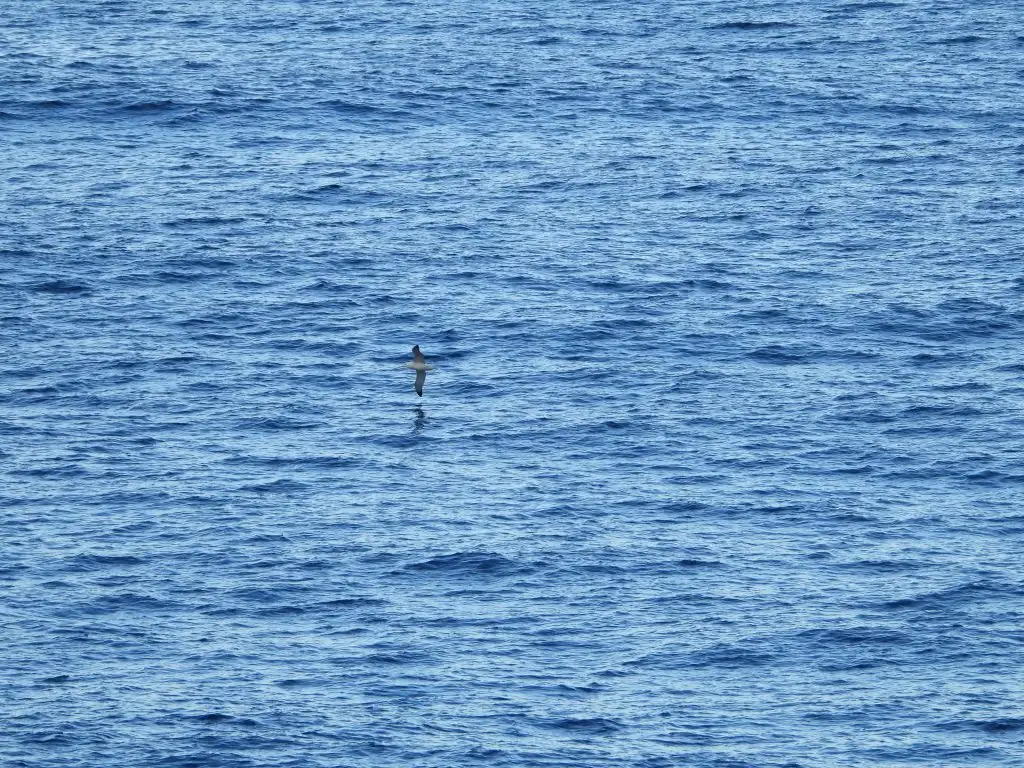
Once you’ve cruised through the Beagle Channel, you enter the Drake Passage, a large open body of water between South America’s Cape Horn and the South Shetland Islands. Since there is no land around the Drake Passage to deflect storms, the waters here can be very rough. Fortunately, we had excellent luck and mostly calm seas.
Sea days on the voyage down were spent getting familiar with the ship, bird-watching, attending mandatory briefings (which helped us know what to expect when we made land) and listening to educational lectures on everything from whales to Antarctic explorers.
Day Three: Our First Sight of Land
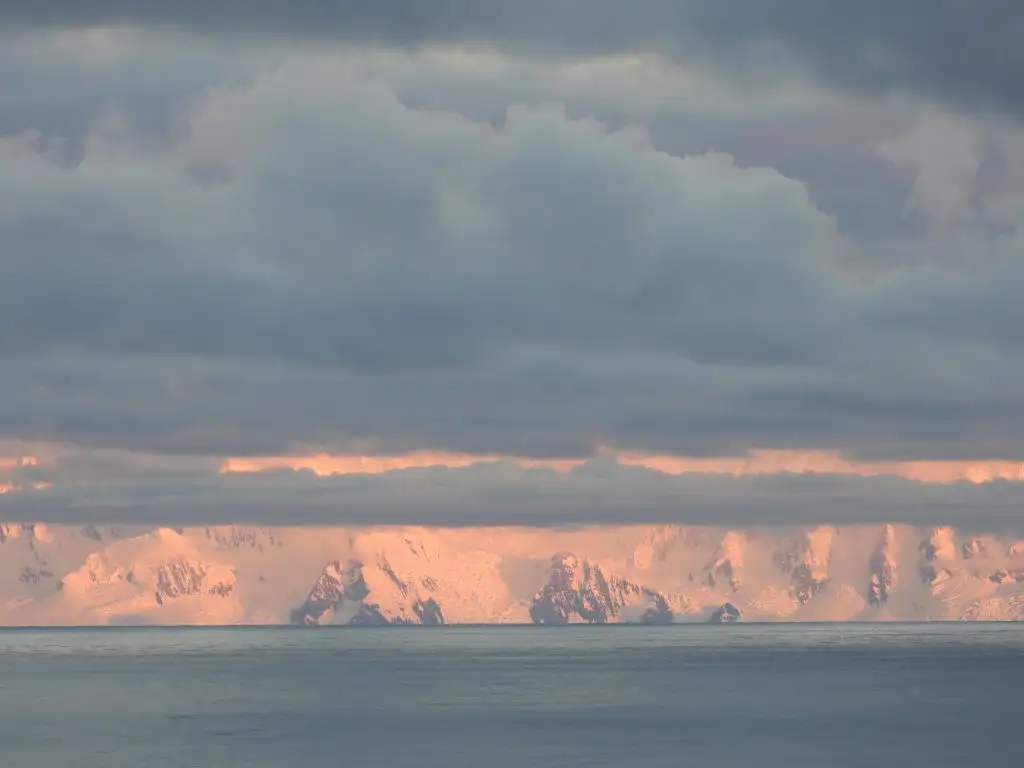
Around sunset on day three, we were treated to our first glimpse of land in days: Smith Island, the easternmost of the Shetland Islands.
Day Four: The Melchior Islands and Danco Island
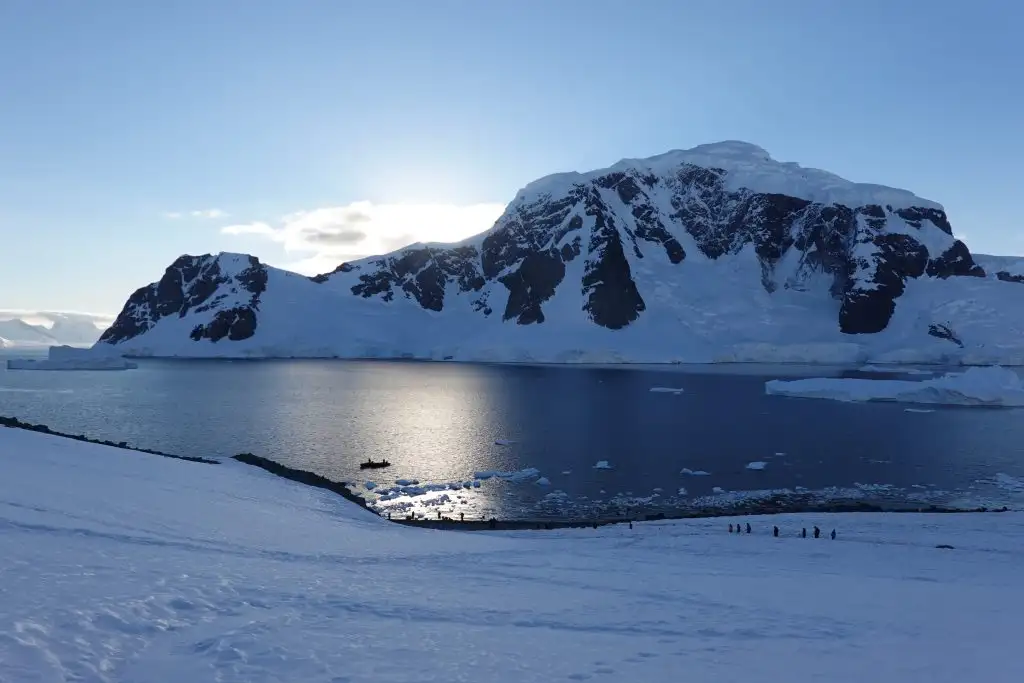
Although we had crossed the Antarctic Convergence the night before, stepping off the boat was what made me feel like we had really arrived in Antarctica. We anchored at the Melchior Islands and boarded small zodiacs to explore the area. The sturdy boats scraped over ice chunks and partially-frozen water, taking us down narrow channels between the small, low-lying islands. Crabeater seals sunbathed on large icebergs under the brilliant clear skies, unperturbed as we floated by.
We returned to the ship to warm up and have lunch, but were tempted back outside to the decks by the captivating scenery as we sailed down the Gerlache Straight into the Errera Channel, for our first landing at Danco Island. This small island is less than a mile long, but has a steep peak to climb for a sweeping view of the waters below and land beyond. We felt clumsy hiking up the snowy hill in our boots and winter gear, but still seemed to have an advantage over the Gentoo penguin colony that was trekking up the same path. These clever creatures use “penguin highways,” routes that they have carved out over time, to make their walks uphill a little easier.
Day Five: Port Lockroy, the Lemaire Channel, and Pleneau Bay
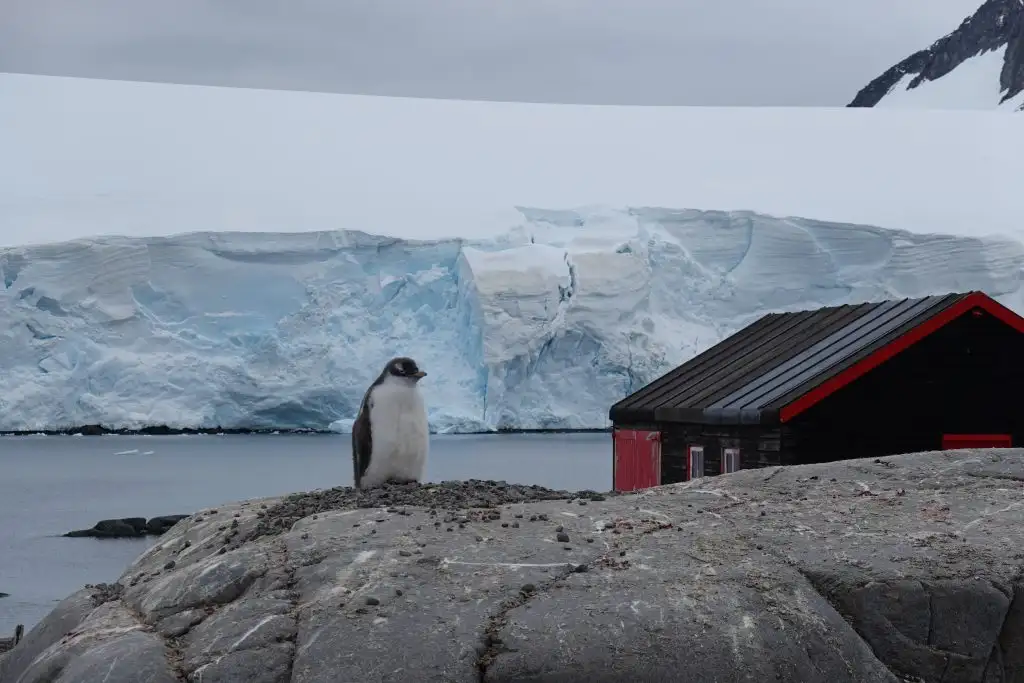
Is there anywhere in the world that you can’t go shopping these days? Turns out, Antarctica isn’t one of them. Although you won’t find a penguin-operated mall here, you can buy souvenirs and mail postcards at Port Lockroy, a former British base now-turned historic site and monument. Four brave souls move down to Antarctica each summer to operate the gift shop, maintain the historic huts, and conduct research. It’s not just the four human employees living on the island—they share space with the thousands of Gentoo penguins that call this spot home. (Half of the island has been closed to visitors since 1962, as part of an on-going study to monitor the impact of tourism on the penguins. So far, research shows that the penguins are unaffected by the visitors.)
Back on the boat, we sailed through the jaw-dropping Lemaire Channel. This tight passage, less than a mile wide in some spots, has extremely calm waters that attract plenty of wildlife, especially whales and penguins. The channel was framed on each side by towering mountains and blue glaciers that seemed close enough to touch. After taking approximately 1,000 photos per passenger (this spot is just that photogenic), we arrived at our second landing site of the day, Pleneau Bay.
Pleneau Bay, nicknamed “the iceberg graveyard” is where you’ll most likely find the most icebergs in Antarctica. The currents and environmental conditions trap large chunks of ice here, putting them on museum-like display for zodiac cruisers. It’s not uncommon to see building-sized (and larger) icebergs here. We came ashore at Port Charcot, where we had the chance to walk around and explore a cairn and monument built by members of a French expedition who were stranded here in the early 1900s.
Day Six: Paradise Bay and Neko Harbor
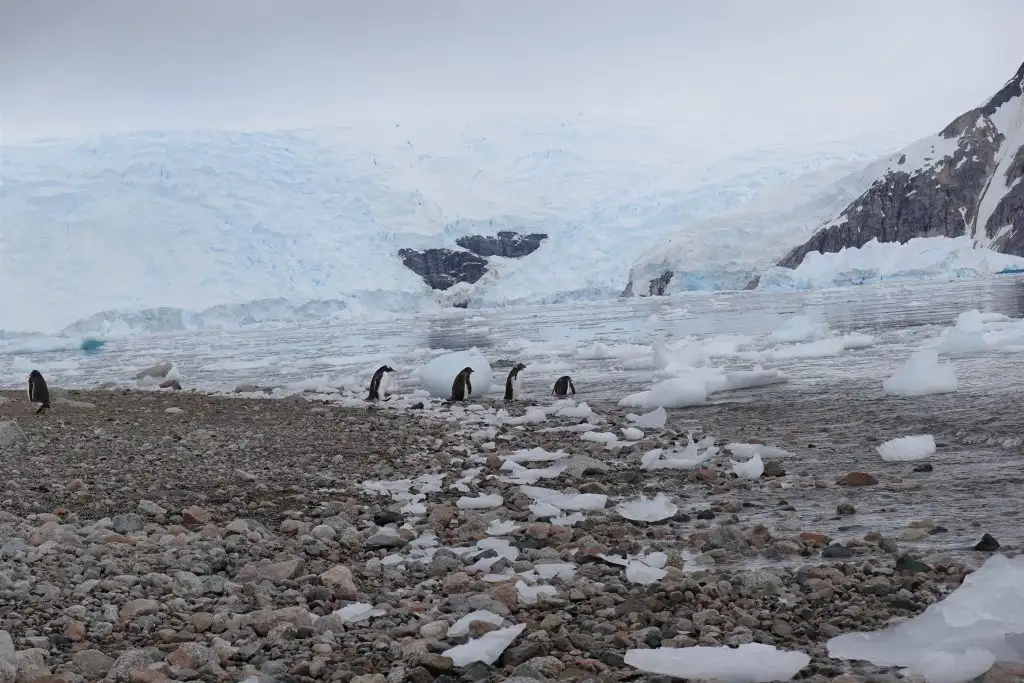
Our previous landings had all been on Antarctic islands, but today, we finally set foot on the continent of Antarctica. Our first steps on to the white continent were at Brown Station in Paradise Bay. Brown Station is a working Argentinian base and scientific research station that operates only during the Antarctic summer. We learned that the base used to operate year-round, but was burned down by the station’s doctor who thought that he was going home, only to be told at the last minute that he was being forced to stay for the winter. He got his wish and was sent home … but then wound up in jail for his sabotage.
Brown Station has it all: an adorable penguin colony, beautiful views of the aptly named Paradise Harbor, and a sledding course down a hill that’s been carved out by tourists over the season.
We re-positioned in the afternoon to Neko Harbor, where we had our second chance to go ashore on the continent. The harbor has a small beach, but it’s not advised to linger here, as the mighty glaciers that surround the site are very unstable, and calve often, sending huge waves crashing on to the low-lying beach. There’s a hill to climb to get out of the wave zone and to get a better view. (The penguins that live here don’t heed that warning and can be found freely wandering around the beach.)
Day Seven: Deception Island and Half Moon Island
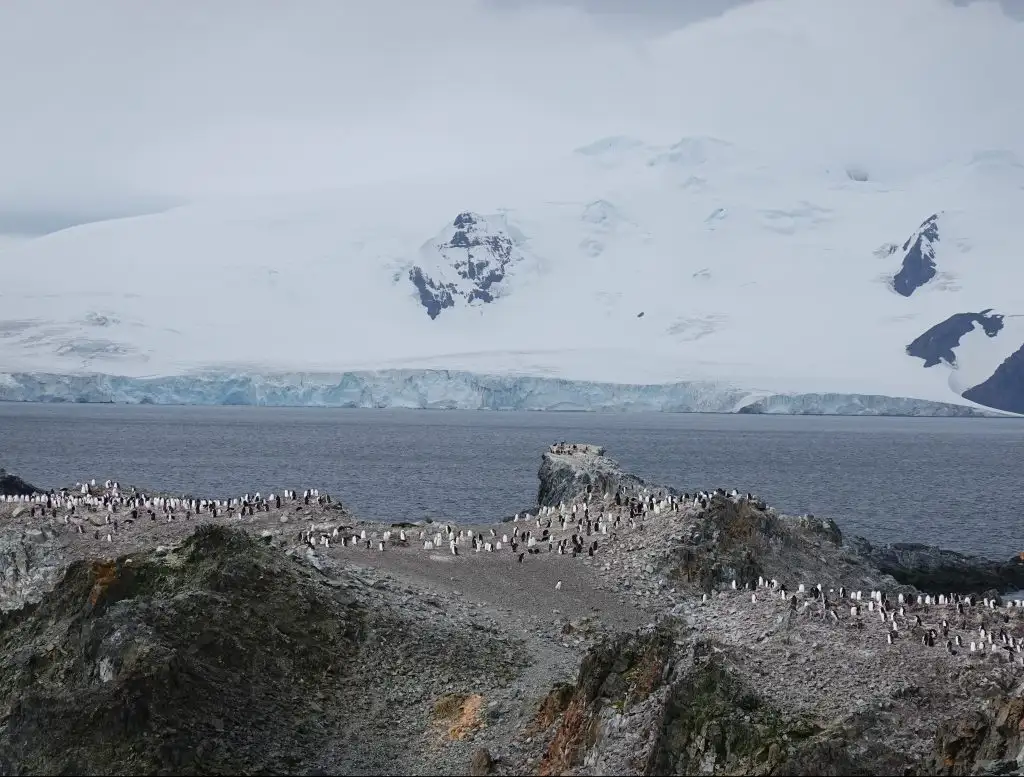
After spending the last seven days among pristine, natural beauty, it was a bit of a shock to wake up to Deception Island in the morning. A former whaling station, this island’s black-sand beach is starkly cluttered with remains of the former operations, including historic old buildings and tattered equipment. The island itself is the caldera of an active volcano, which was overdue for an eruption at the time at the time we visited. After our landing, we quickly resumed the natural beauty portion of the tour with a zodiac cruise through Neptune’s Bellows, the narrow entrance to the bay, which is home to many bird colonies, whales, and other wildlife.
Then it was time for our last landing of the voyage: Half Moon Island. This was the spot that would raise an impossible question: Which are cuter, Gentoo or Chinstrap penguins? Half Moon Island was our first introduction to the Chinstrap species, which have a distinctive facial marking that explains their name. With snowy hills, rocky overlooks, and a lovely beach, this was one of our most stunning stops, and made our goodbye to Antarctica even more poignant.
Day Eight: Drake Passage
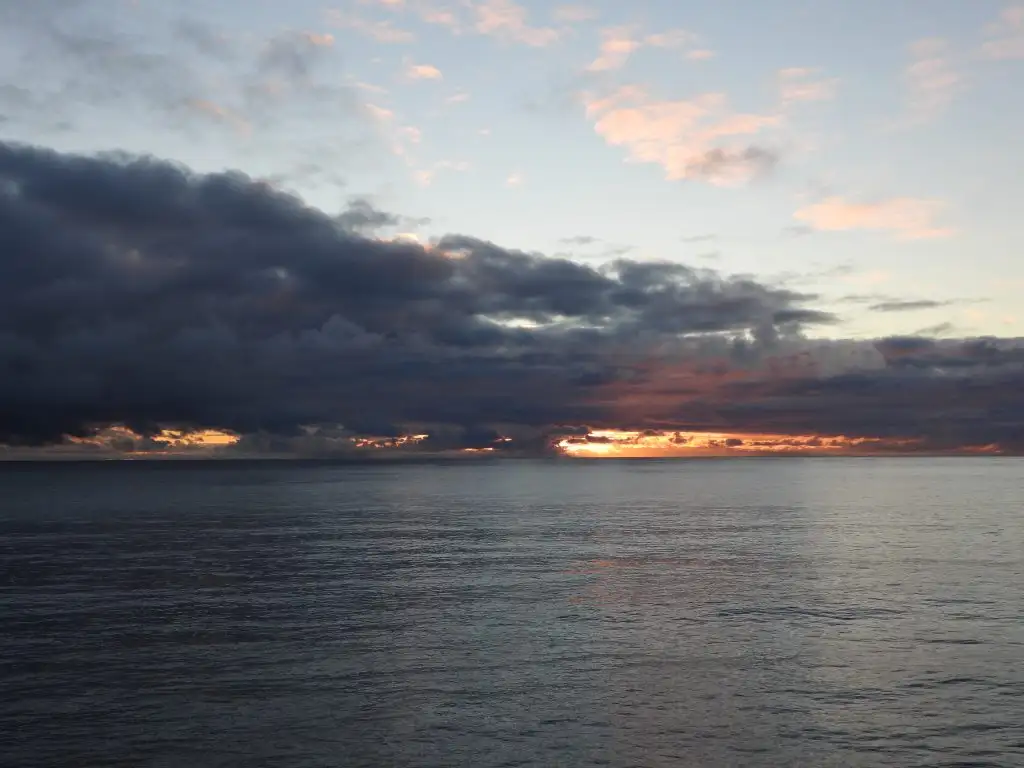
It was time to head home. The Drake Passage was slightly rougher on the way back, but really not too bad. The staff put on a series of fun classes (like how to paint a penguin and salsa dancing) to keep us entertained.
Day Nine: Beagle Channel
As we entered the Beagle Channel, we enjoyed one last special gourmet dinner that was finished off with an all-you-can-eat “chocolate madness” buffet.
Day 10: Disembarkation
We disembarked in Ushuaia, carrying incredible memories and stories, thousands of photos, and probably a few extra pounds from those buffets.
More from SmarterTravel:
- 12 Amazing Ways to Explore Antarctica
- The Thinnest, Warmest Winter Clothes for Packing
- How to Pack for a Winter Vacation
Caroline Morse Teel was hosted by Chimu Adventures on their Discover Antarctica Cruise. Follow her on Instagram @TravelWithCaroline for more photos and videos from her trip.
We hand-pick everything we recommend and select items through testing and reviews. Some products are sent to us free of charge with no incentive to offer a favorable review. We offer our unbiased opinions and do not accept compensation to review products. All items are in stock and prices are accurate at the time of publication. If you buy something through our links, we may earn a commission.
Related
Top Fares From
Today's Top Travel Deals
Brought to you by ShermansTravel
France: 8-Night Paris, Avignon & Nice...
Infinity Worldwide Vacations
 vacation
$2880+
vacation
$2880+
Poconos: 3 Nts in Garden of...
ResortsAndLodges.com
 hotel
$305+
hotel
$305+
7-Nt Canada & New England Cruise,...
Princess Cruises
 cruise
$839+
cruise
$839+
